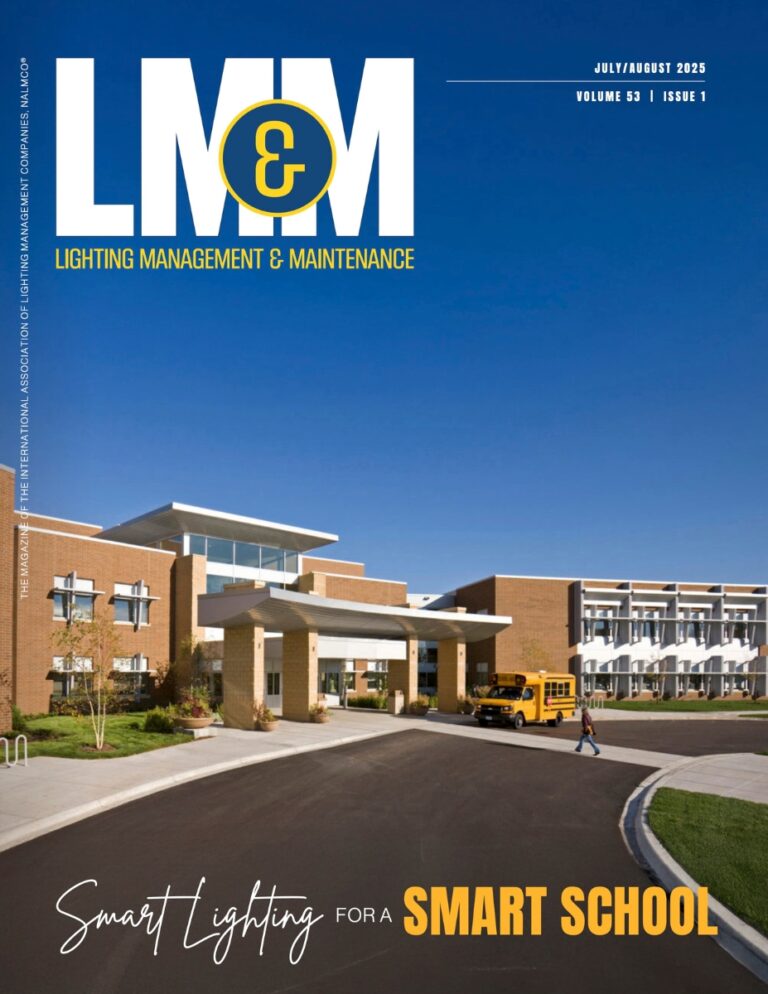Emerging Voices Advance Light Justice from Thesis to Practice at Boston Lights
At this year’s Boston Lights conference, two emerging designers, Chrisoula Moraitis of Bartholomew Lighting and Richard Muthama of Lam Partners, showed how academic research can create real community change. Their session, From Thesis to Reality: Advancing Light Justice Through Practice, explored how the principles of Light Justice move from theory to real-world impact.
Both Chrisoula and Richard serve as curators for Light Justice, a nonprofit founded in 2020 that promotes equitable, community-driven lighting design. As Richard explained, the organization’s goal is to “flip the paradigm.” Instead of acting as outside experts, designers are urged to listen first, share knowledge freely, and collaborate with residents to shape how light defines their public spaces.
Lighting the Path in Roxbury
Chrisoula discussed her project Lighting the Path, which centers on Nubian Square in Roxbury, Massachusetts—an area long affected by redlining and underinvestment. The work began as her thesis and later evolved into a professional initiative.
Through surveys and night walks, she learned that many community landmarks—murals, churches, and public art—were literally “left in the dark.” In response, she partnered with local residents and the city of Boston to launch a pro bono lighting project for The Faces of Dudley mural. The piece honors community leaders such as Malcolm X and stands as a proud symbol of cultural identity.
“Public lighting is more than functional,” Chrisoula said. “It communicates values and priorities.” Her work demonstrates how thoughtful lighting can improve both safety and cultural visibility after dark. It also highlights how collaboration can empower communities to take ownership of their nighttime environment.
Humanizing Light in Spaces of Incarceration
While Chrisoula focused on neighborhoods, Richard explored Light Justice in a very different setting—the correctional system. His thesis, Equitable Lighting for the Incarcerated, examined how poor and unregulated lighting in prisons contributes to sleep deprivation and emotional distress.
He found that existing standards offer little guidance for humane lighting. “Designers often rely on outdated security rules that create harsh, overlit spaces,” Richard said. To address this issue, he joined the IES Security Lighting Committee, where he helps develop new guidelines for correctional facilities. These standards focus on circadian health, task-based lighting, and giving occupants limited control over their environment.
Richard shared a video interview conducted by Edward Bartholomew with a formerly incarcerated man known as Truth. In the recording, Truth described how guards would shine flashlights directly into their faces every hour during the night. He also explained that officers often turned on the corridor lights during their rounds—some switched them off afterward, but others left them on, making it nearly impossible for inmates to get meaningful sleep.
As a result, his research is now shaping real policy. The new practices aim to replace one-size-fits-all lighting with systems that balance security, wellness, and dignity.
A New Generation of Advocates
Both Chrisoula and Richard emphasized that Light Justice extends beyond academics—it’s a professional responsibility. “Everyone deserves good lighting and beneficial darkness,” Chrisoula said. “Our industry has both the obligation and the opportunity to improve visual experiences in underserved communities.”
The session ended with a call to action. Designers, they argued, can promote social responsibility through grassroots projects, community partnerships, and firm-wide initiatives. By doing so, they can bridge the gap between education and impact.
“No matter how young you are or how long you’ve been in the industry,” Richard added, “there are limitless possibilities for advancing Light Justice.”
Go Deeper: Boston Lights 2025: Innovation and Elegance on Display






